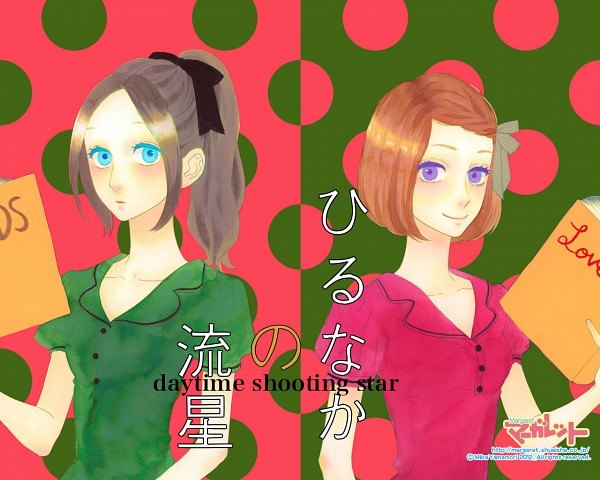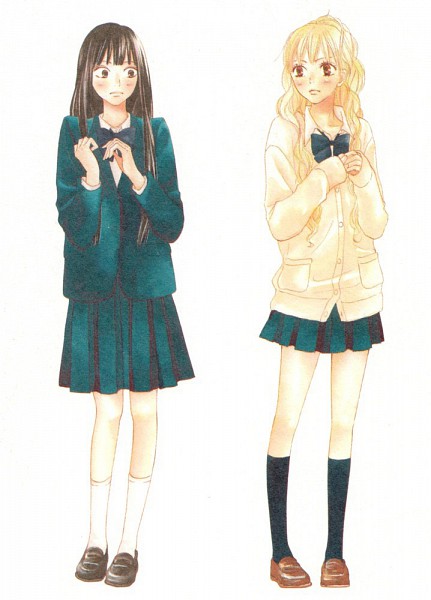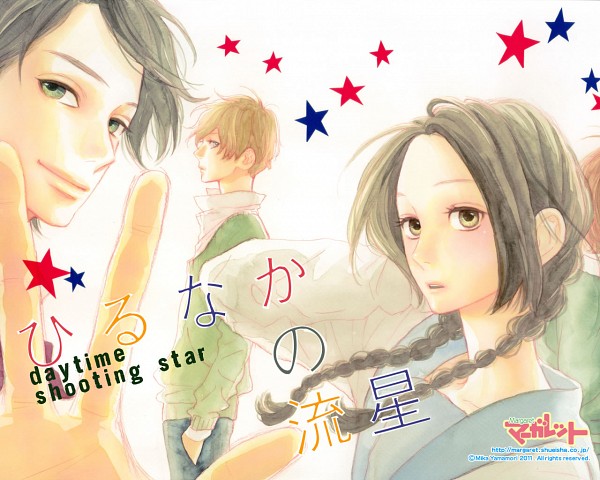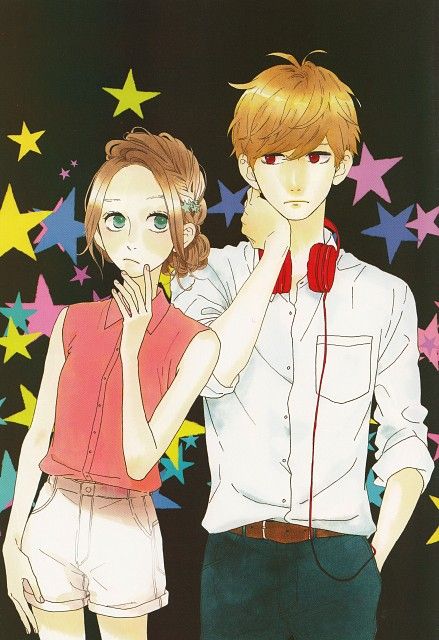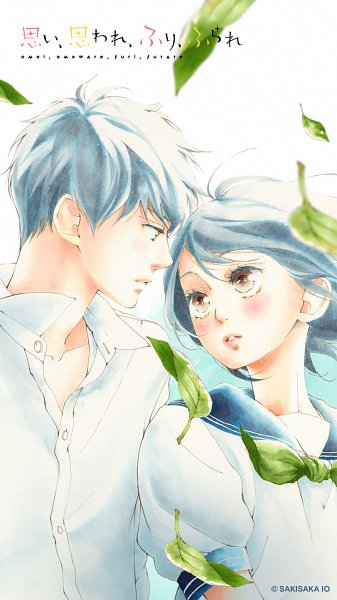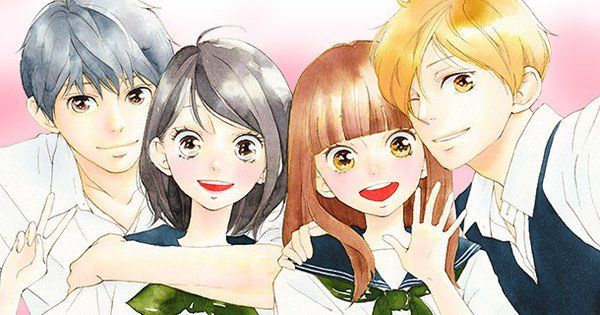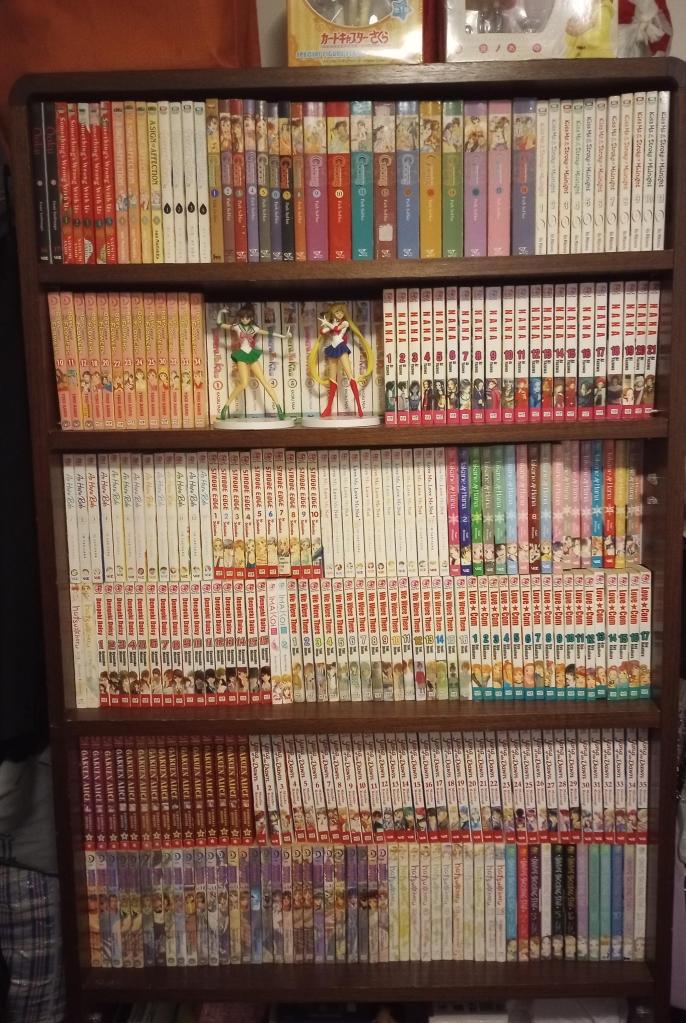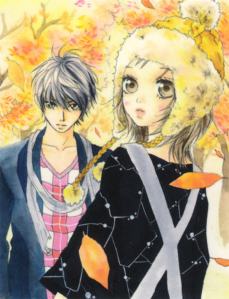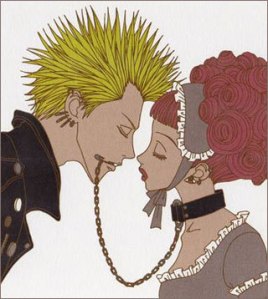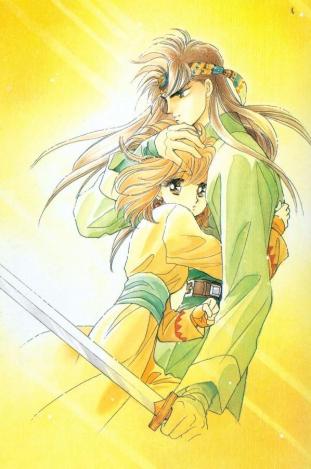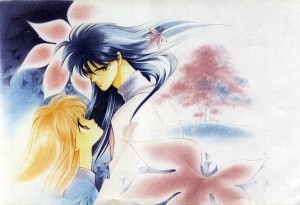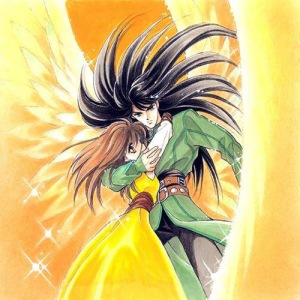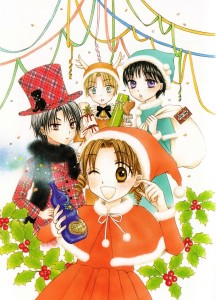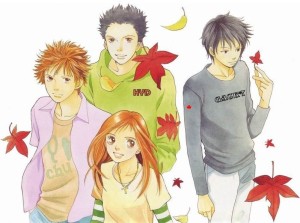It’s pretty widely known that many couple dynamics commonly found in shojo manga would be extremely problematic in real life. Whether it’s step-siblings who fall in love, or guys who blackmail girls into being their girlfriend/slave, shojo manga fans are used to having to stretch or suspend their personal boundaries regarding what is acceptable in relationships. But where does the line get crossed?
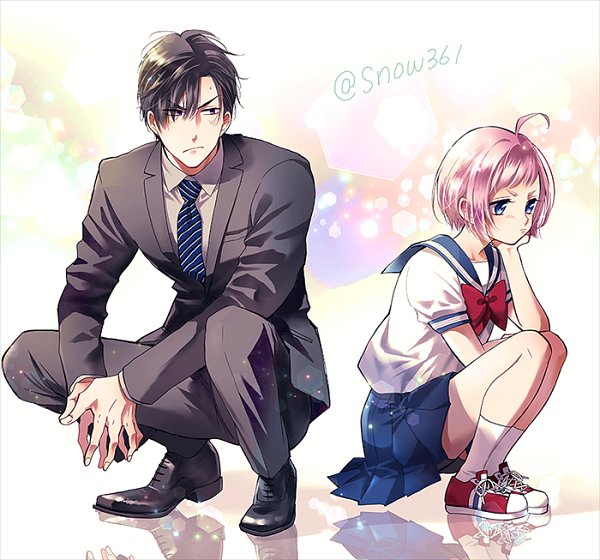
The answer to that question is up to the individual reader. While some fans don’t bat an eye at step-sibling romances because the couple in question isn’t related by blood (well, usually), and typically meet as teenagers so they weren’t raised as siblings, others are completely icked out by the idea and won’t bother reading series featuring such couples. Another risqué trope that’s pervasive in romance shojo manga is age gaps. Many shojo manga feature romances between teenage girls and men in their 20s, sometimes in the form of student-teacher pairings. And while some readers run away from series featuring even slight age gaps, others love such dynamics and consider the trope to be their guilty pleasure.
My first manga that featured an age gap was Dengeki Daisy. Teru, the series’ main female character, is 16, while her protector and love interest Kurosaki is 24. One of my main impressions of this series, which I read over a decade ago, was my surprise that I wasn’t significantly bothered by the main couple’s age difference. In real life, I am adamantly against age gaps of even a few years when the younger partner is at or even slightly above the age of consent, because I fear that the older individual might exploit their younger partner.
But the reason I’ve been okay with age gap romances in shojo manga is precisely because I’m in the safety of fiction. I know that no one in the real world is being exploited or manipulated if two fictional characters who have an eight-year age difference end up dating, even though such an outcome would unfortunately be likely in reality. And while that may be my reasoning, I completely respect and understand why age-gap romances may be completely off-putting for other fans.
One major reason I’ve been okay with many of the age gap romances I’ve encountered is because several of them feature male leads who essentially act like teenagers despite being in their 20s. Take Takane from Takane & Hana: although he is 26 at the start of the series, Takane is haughty and stubborn, and clearly has very little experience with women or romance, which makes his awkward attempts to pursue Hana hilarious. But it also makes him a ‘safer’ love interest for 16-year-old Hana, who in many ways is more sensible and mature than Takane is.
A factor that makes these age-gap shojo manga palatable is that they tend to be chaste. The main couple generally never sleeps together (or if they do, it’s only after a time jump, allowing the main female lead to age a few years). The manga present a female fantasy in which an older man is just looking to protect his female love interest or lavish her with flowers rather than aggressively trying to bed her.
Another factor in some of the manga with age-gaps I’ve read that has allowed me to accept and enjoy them is that the female lead often falls for the older man first. For example, in Living-Room Matsunaga-san, main female character Meeko, who is 17, realizes she’s in love with Matsunaga, the 27-year-old tenant living in her uncle’s boarding house, pretty early on in the series. I would have a problem if, say, Matsunaga set out to pursue Meeko as soon as he found out he was going to be sharing a space with a 17-year-old girl. But he gets to know Meeko organically because they end up spending a lot of time together since he works from home, and worries for her since she’s away from her parents. It takes several volumes for Matsunaga to even realize he’s fallen for Meeko, and by that point, I was already invested in the potential couple.
Then there’s Kiss Me at the Stroke of Midnight, which is about the romance between 16-year-old student Hinana and Kaede, a 24-year-old idol-turned-actor. The series is a Cinderella fantasy about dating a celebrity, yet is relatively realistic about the fact that Hinana and Kaede live in completely different worlds, both because of his fame and a crazy schedule that makes it hard for him to meet up with Hinana at times when she can easily leave the house. Hinana and Kaede have some of the best communication I’ve come across reading shojo manga: misunderstandings that most other series would drag out for drama are instead quickly resolved, making their relationship feel more mature than most, regardless of their age difference.
But I recently came across a series that made me realize exactly where my boundary lies when it comes to age gap romances. In A Girl & Her Guard Dog, 16-year-old Isaku, whose family are yakuza members, has a 26-year-old bodyguard who works for her family named Keiya. I only made it about a dozen pages into the first chapter of the manga: as soon as I realized that Keiya has known Isaku since she was six-years-old and has watched her grow up, I was immensely grossed out. I ended up deciding not to continue the series, because the thought of reading raunchy scenes between an older male lead and a teenage girl he in some ways helped raise did not appeal to me at all.
But of course, there are plenty of readers who are enjoying A Girl & Her Guard Dog, and who don’t mind the main couple’s relationship. Some people may not be fazed by the fact that Keiya has known Isaku since she was a child, just as I’m not fazed by step-sibling pairings. I think it’s important as fans to discuss why so many problematic tropes are ubiquitous in romance shojo manga. But I also think it’s possible for shojo manga readers to further dissect tropes that are troublesome while still enjoying them at the same time, even if as a guilty pleasure.

